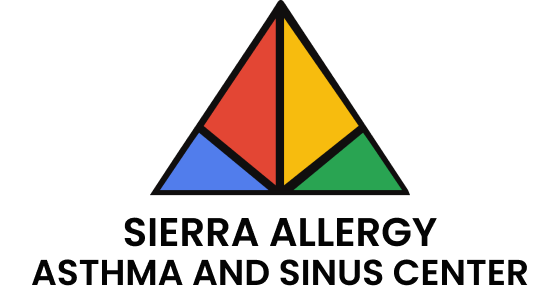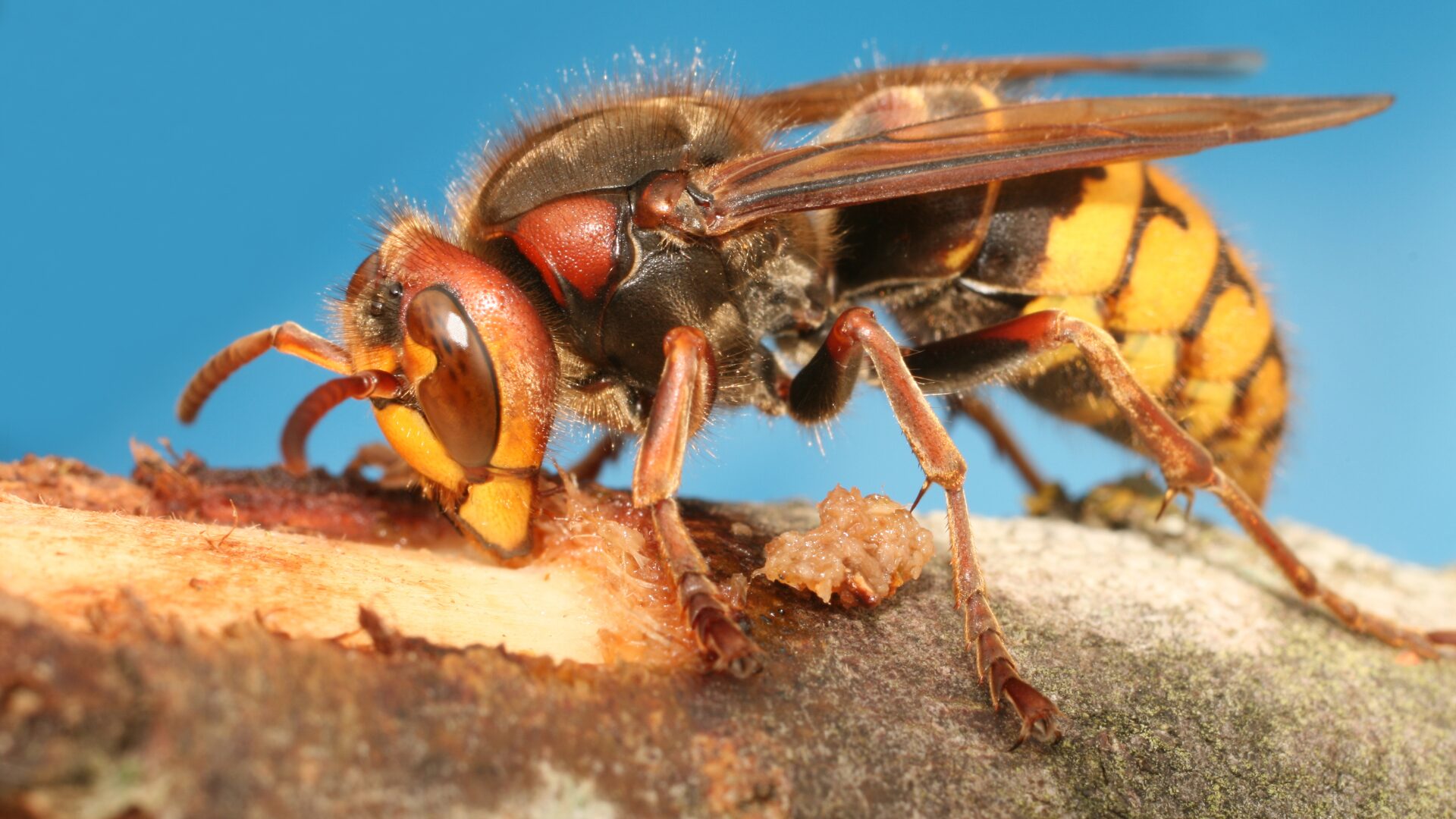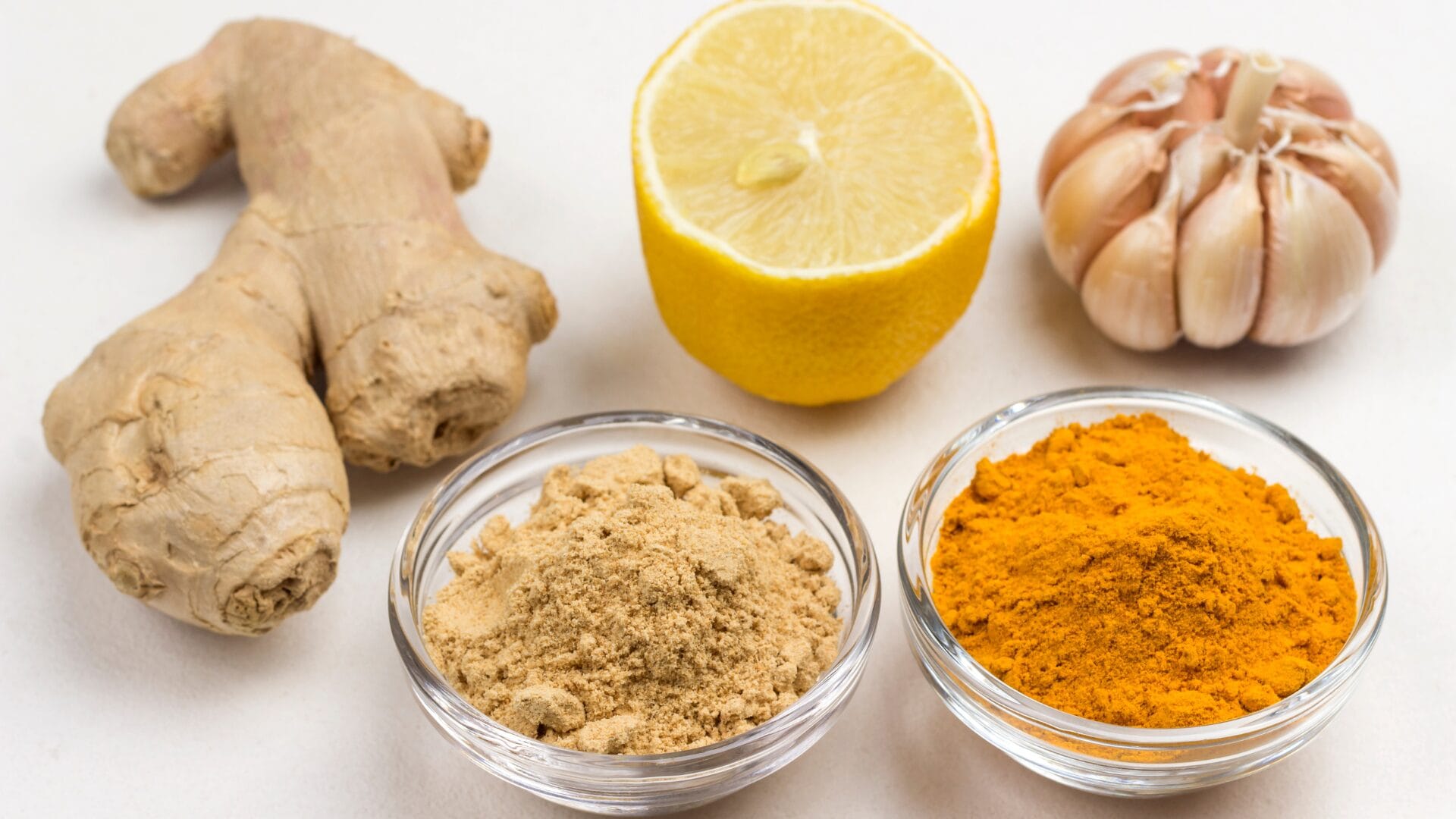For many people, the warmer months bring the joy of outdoor activities, but also the risk of encountering bees and wasps. These stings can be extremely painful and potentially life-threatening. You may think that in the event of a sting, there isn’t much you can do but, on the contrary, there are quite a few actions you could take. So what do you do if you’re stung by a bee or wasp? In this article, we’ll review the differences between bee and wasp stings, immediate first-aid, sting prevention, and much more.
Understanding Bee & Wasp Stings
You may think that since they look pretty similar, there isn’t much difference between these two flying insects and their stings, but on the contrary, there are quite a few differences between them and how to approach a sting, let’s delve further into these.
Difference between Bee & Wasp Stings
While both bee and wasp stings can be painful and potentially life-threatening, there are some key differences between the two:
1. Stinger Structure
• Bees: Bees have a barbed stinger that gets stuck in the skin of the person they sting. This causes the bee to die after stinging, as the stinger is ripped from its abdomen.
• Wasps: Wasps have a smooth stinger that they can use to sting multiple times without harm to themselves.
2. Sting Behavior
• Bees: Bees are generally non-aggressive and only sting when threatened or when their colony is in danger.
• Wasps: Wasps are more aggressive and may sting when threatened or when competing for food.
3. Sting Site
• Bees: Bee stings often occur on the face, neck, and hands.
• Wasps: Wasp stings can occur anywhere on the body, but are more common on the arms, legs, and torso.
4. Reaction Time
• Bees: Bee stings can cause an allergic reaction within 15-30 minutes.
• Wasps: Wasp stings can cause an allergic reaction within 10-15 minutes.
It’s essential to note that while there are differences between bee and wasp stings, both can be life-threatening if you experience an allergic reaction and seeking first aid is essential.
Steps to Take Immediately After a Bee or Wasp Sting
Quick recognition of symptoms and an immediate first aid response for the bee or wasp stings are potentially life-saving. Let’s take a look at what to do if you’re stung by a bee or wasp.
Step 1: Remove the Stinger (For Bee Stings)
Do It Quickly: Removing the stinger as quickly as possible is paramount. As long as the stinger is still in your skin, the bee will continue to inject you with venom, so removing it quickly and safely will help to reduce the severity of the allergic reaction and infection from the stinger.
Do it Safely: Removing the stinger safely and carefully is equally important for minimizing the effects of the sting.
- • Scrape, don’t pinch: Use a credit card, a fingernail, or a blunt object to scrape the stinger out of the skin. Avoid pinching or squeezing the stinger, as this can release more venom.
- • Remove in the same direction: Remove the stinger in the same direction it entered the skin. This will help minimize the amount of venom released.
Step 2: Clean The Area
- • Wash with soap and water: Rinse the area with cool or lukewarm water and mild soap. Gently wash the area to remove any dirt, debris, or venom.
- • Pat dry: Pat the area dry with a clean towel.
Step 3: Apply Ice or a Cold Compress
Applying ice wrapped in a cloth or a cold compress to the area will help with inflammation, swelling, and pain.
When to Apply Ice:
- • Immediately after the sting: Apply ice as soon as possible after the sting to reduce the initial swelling and pain.
- • Within 10-15 minutes: If you can’t apply ice immediately, try to do so within 10-15 minutes of the sting.
How Long to Apply Ice:
- • 15-20 minutes: Apply ice for 15-20 minutes at a time, with 30-60 minutes of rest in between.
- • Repeat as needed: Repeat the ice application process for several hours or until the swelling and pain subside.
When to Seek Medical Attention:
• Increased swelling: If the swelling increases or spreads to other areas of the body.
• Increased pain: If the pain worsens or becomes severe.
• Fever: If you develop a fever over 101.5°F (38.6°C).
• Redness or pus: If the affected area becomes increasingly red or develops pus.
• Difficulty moving: If you experience difficulty moving the affected area or have limited mobility.
How to Prevent Future Stings and Allergic Reactions
To prevent future stings and allergic reactions, follow these steps:
Prevention Measures
- 1. Avoid attracting bees and wasps: Avoid wearing perfumes, colognes, or other fragrances that may attract bees and wasps.
- 2. Wear protective clothing: Wear long-sleeved shirts, long pants, and closed-toe shoes when outdoors, especially in areas where bees and wasps are common.
- 3. Wear Insect Repellent: Wearing repellent is quite effective at deterring bees and wasps from stinging you.
- 4. Keep food and trash covered: Keep food and trash covered when outdoors, as bees and wasps are attracted to sweet or fermented substances.
- 5. Avoid disturbing nests: Avoid disturbing bee or wasp nests, as this can cause them to become aggressive and sting.
If You’re Allergic to Bee and Wasp Stings it is Extremely Important to:
Carry an EpiPen: If you have a severe allergy to bee or wasp stings, carry an EpiPen or other epinephrine auto-injector with you at all times.
Wear a medical alert bracelet: Wear a medical alert bracelet or necklace that indicates your allergy to bee or wasp stings.
Inform others of your allergy: Inform friends, family, and coworkers of your allergy to bee or wasp stings, so they can provide assistance in case of an emergency.
Conclusion
So in summary, bee and wasp stings differ in terms of stinger structure and behavior. Bees have a barbed stinger, while wasps have a smooth one, allowing them to sting multiple times. Bees are generally non-aggressive, whereas wasps are more aggressive.
If stung, remove the stinger safely, clean the area, and apply ice. Seek medical attention if you experience severe symptoms. To prevent future stings, avoid attracting bees and wasps, wear protective clothing, and keep food and trash covered. If allergic, carry an EpiPen and inform others.
What is the first thing you should do after a wasp stings you?
If you are stung by a wasp, it is essential to take immediate action to minimize the risk of an allergic reaction and promote healing. Here are the steps to follow:
- Step 1: Wash the Area
- Step 2: Apply a Cold Compress
- Step 3: Take an Antihistamine (if necessary)
- Step 4: Monitor for Allergic Reactions
What is the first aid for a person who has been stung by a bee?
If someone has been stung by a bee, follow these steps to provide first aid:
- Step 1: Remove the Stinger (if present)
- Step 2: Wash the Area
- Step 3: Apply a Cold Compress
- Step 4: Take an Antihistamine (if necessary)
- Step 5: Monitor for Allergic Reactions
If the person is allergic they should immediately use epinephrine if they have it available, if not they should call emergency services.





